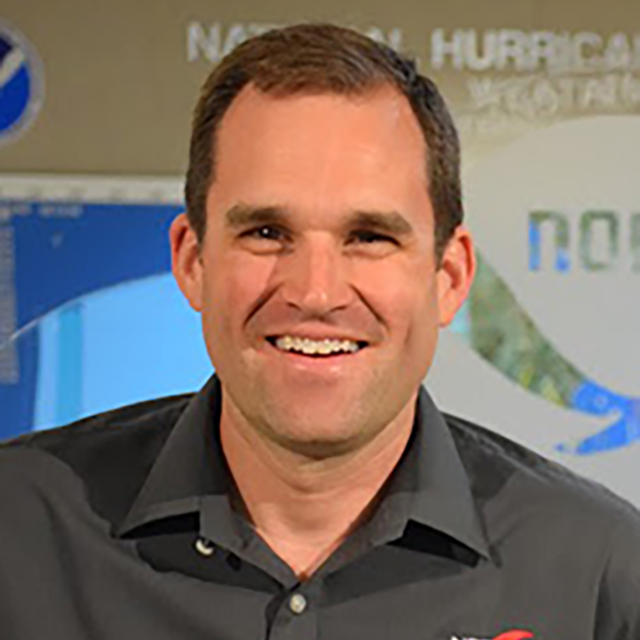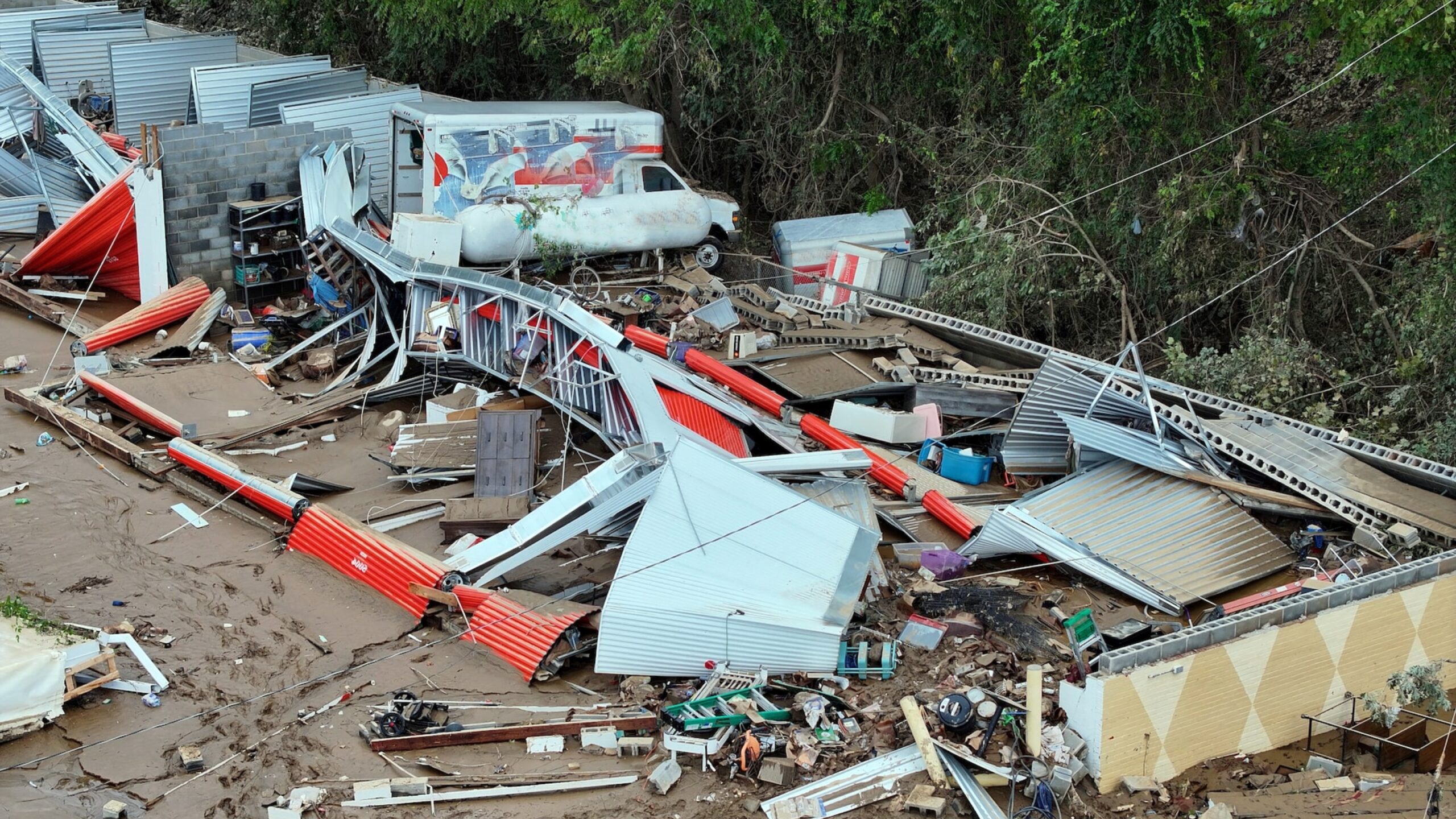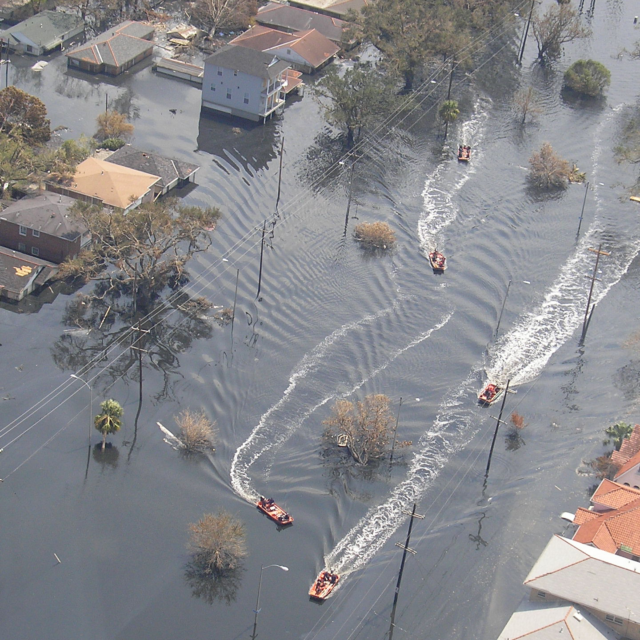Listen and subscribe to us on your favorite podcast platform:
“I don’t think we were surprised by it, but I think a lot of us were really hoping we were going to be wrong in some way… We saw the conditions of catastrophic flooding; we’re messaging it. But really, at the end of the day, we were hoping it wasn’t going to be as bad as it actually ended up being.”
— Michael Brennan, director of the National Hurricane Center on the historic rainfall produced by Hurricane Helene
“…Part of the reason why the Weather Service has been trying to move into a position where we’re embedded with decision makers and partners… is simply to help weed out some of the misinformation or disinformation that gets thrown out there in the lead-up to a storm.“
— Michael Coyne, director the National Weather Service’s Southern Region
The U.S. Atlantic hurricane season has changed. A recent study by Climate Central found that over the last six years, manmade warming amplified the average Atlantic hurricane’s strength by as much as 18 miles per hour. For context: it only takes an increase of 16 miles per hour to advance a hurricane from “minimal” Category 1 to “major” Category 3 — but the difference in damage is 140 times greater. Evidence of such a potent connection between climate-warmed ocean temperatures and the energy of tropical cyclones has many meteorologists raising alarms.
In May, the National Oceanic and Atmospheric Administration published their ‘most aggressive season outlook’ ever, according to the Washington Post. The agency projected 17 to 25 named storms, up to 13 of which were likely to strengthen into hurricanes. Of those, it was predicted that four to seven would rank as Category 3 or above. With just a week left in the standard June-through-November hurricane season, the forecast has proven devastatingly accurate.
The southeastern portion of the Ten Across geography and north into Central Appalachia saw the greatest human and property loss this season from one Category 4 and two Category 5 storms that rolled into the Gulf Coast region.
This episode of the podcast discusses the greatest impacts from these events, as well as the advances that NOAA, the National Weather Service, and the National Hurricane Center are making to limit harm from extreme weather as much as possible during both hurricane season and the rest of the year.
Listen in as Ten Across founder Duke Reiter talks with National Hurricane Center Director Michael Brennan and the National Weather Service’s Southern Region Director Michael Coyne to explore the evolving responsibilities of meteorologic sciences and communications in a changing climate landscape.
Guest Speakers

Michael Brennan is director of the National Oceanic and Atmospheric Administration’s National Hurricane Center. He was previously the branch chief of NHC’s Hurricane Specialist Unit, which issues tropical cyclone forecasts and warnings for the Atlantic and eastern North Pacific hurricane basins and coordinates hazard information for the United States and more than 20 other nations. Michael’s current research interests include quantifying the impact of supplemental observations on model forecasts of tropical cyclone track and intensity, and improving training on the NHC’s products, including forecast uncertainty and messaging.

Michael Coyne is director of the Southern Region of NOAA’s National Weather Service. Prior to his appointment as director in 2021, Michael served as deputy regional director since 2016 and as chief program officer for the region from 2011 to 2016. In all, he has led operations and workforce management activities across 45 offices and has supported the NWS’s mission through over 75-billion-dollar weather and climate events. When he was meteorologist-in-charge of the Weather Forecast Office in Huntsville, Alabama, the office earned four Department of Commerce Bronze Medals and back-to-back National Weather Association Operational Achievement Awards.





